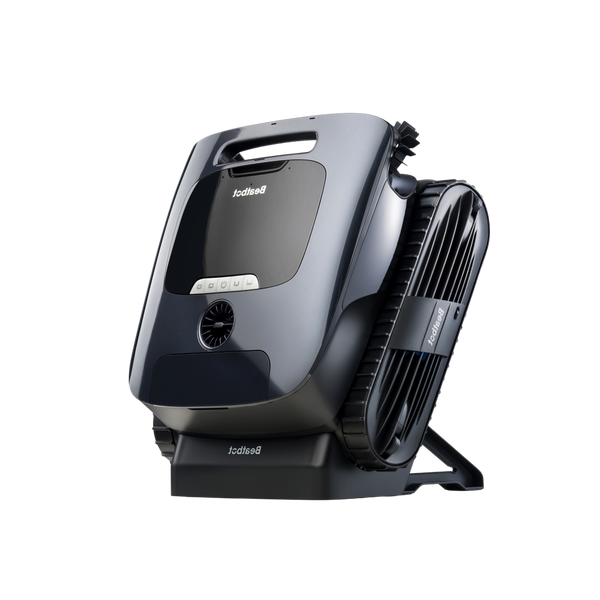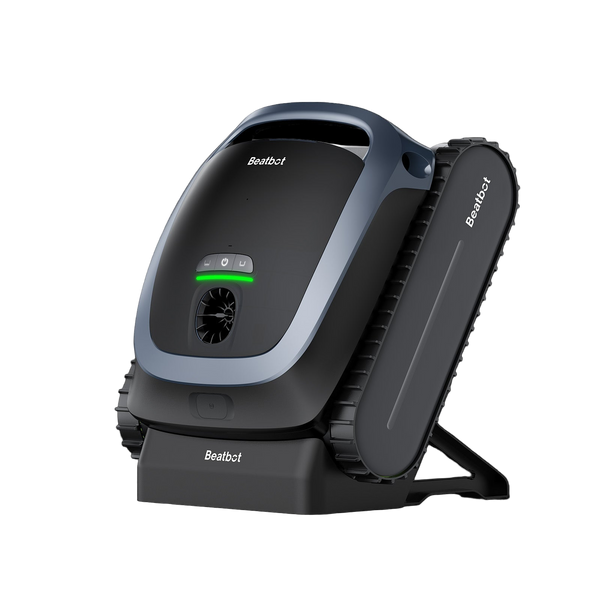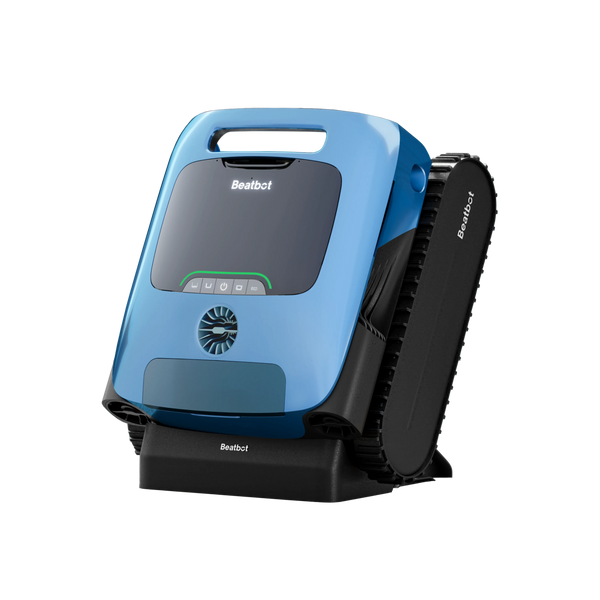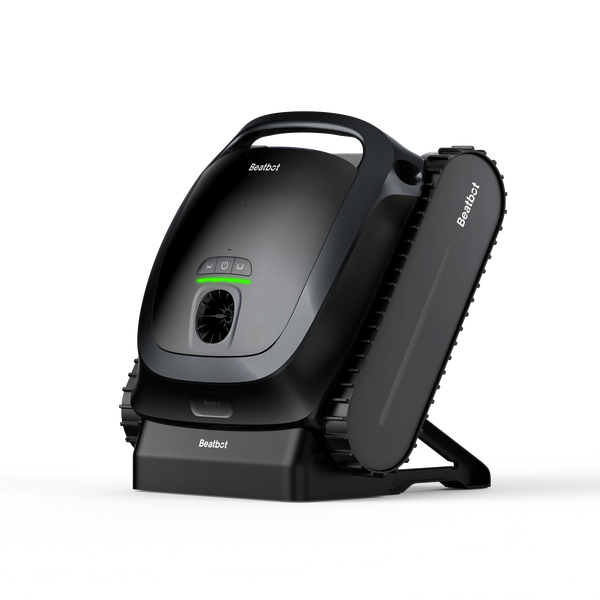Mysteries of Water Loss: Pool Level Drops and Their Solutions
Missing water from your pool creates headaches and empties wallets. Sure, pools lose some water naturally - but knowing when to worry saves you major repair costs down the road. Let's crack the case of the disappearing pool water and put those water loss worries to rest.Water bills climbing while pool levels drop? That's money flowing away. Most pool owners waste weeks guessing what's wrong. Skip the guesswork. Learn to spot real problems fast and fix them before they drain your budget.

Normal vs Abnormal Water Loss
Your pool naturally loses water - that's just physics at work. Hot days steal about a quarter-inch daily through evaporation. Splashing swimmers might bump that up to half an inch. But watch out when water drops faster than an inch weekly.Location changes everything. Desert pools lose more water than coastal ones. Winter pools under covers hold steady. Summer sun speeds up evaporation. Track your seasons - what's normal in July spells trouble in December.Keep measuring tape handy. Mark your skimmer's water level weekly. Small drops add up fast. Three inches down in a week? That's not natural evaporation - time to investigate further.
Hidden Leak Indicators
Visual Signs
Walk your pool deck after dry weather. Wet spots or mushy grass mean trouble underneath. Check around pool lights, returns, and skimmers. Cracks or gaps near fittings need immediate attention.Equipment pads tell tales too. Green patches nearby? Could be underground leaks feeding your lawn. Watch for settling concrete or tilting decking. Ground movement often points to water washing away soil beneath.
Chemical Markers
Chemical levels speak volumes. Constantly adding chlorine? Water might escape somewhere. Fresh water dilutes chemicals faster than normal evaporation. Track how often you adjust chemicals - unusual patterns flag potential leaks.Watch alkalinity and pH levels closely. They shouldn't swing wildly week to week. If they do, you're likely losing treated water and replacing it with fresh fill. That means money spent on chemicals just flows away.Keep testing records simple but consistent. Date, chemical levels, water added - just the basics. Patterns jump out when you track things regularly. Those patterns lead straight to solutions.

Testing for Leaks
Skip the guessing games. Start with the bucket test - it works. Fill a bucket with pool water. Place it on your pool steps. Mark water levels inside and out. Wait 24 hours. Different drops mean likely leaks.Dye tests reveal sneaky problems. Grab pool dye from your supply store. Spot a crack? Squeeze dye nearby while pumps stay off. Watch that dye. If it moves sideways instead of spreading out, you've found a leak.Pressure testing catches plumbing leaks. Your pool pro uses special gear to pressurize lines. Drops in pressure point to underground issues. Worth every penny when it finds problems fast.
Common Leak Points
Above Ground Areas
Check skimmers first. Cracks around skimmer mouths leak big time. Run your hand along seams. Feel for rough spots or gaps. Those tiny cracks steal gallons daily.Light housings cause trouble too. Old gaskets shrink and crack. Conduit pipes corrode. Even small gaps around lights drain pools fast. Newer LED lights need checking just like old ones.
Underground Concerns
Plumbing joints fail underground. Age, ground movement, poor installation - all cause breaks. Main drains need special attention. Their deep location means costly fixes if ignored.Return line leaks waste water and energy. Your pump works harder pushing water through broken pipes. Listen for gurgling sounds. Watch for air bubbles where they shouldn't be.
Environmental Impacts
Ground shifts destroy pool plumbing. Heavy rains soften soil. Drought causes settling. Even tree roots break pipes. Know your yard's quirks - they affect your pool's structure.Weather changes stress pool shells. Freeze-thaw cycles crack concrete. Summer heat expands joints. Each season brings different risks. Adjust your checking routine to match.Trees near pools need watching. Roots seek water. They'll find tiny cracks and make them bigger. Keep trees trimmed back. Consider root barriers for valuable shade trees.
Emergency Solutions
Found a leak? Act fast. Some fixes buy time before major repairs. Putty seals work for skimmer cracks. Pool tape patches small plumbing leaks. These band-aids keep water in while you plan proper repairs.Know when DIY won't cut it. Shell cracks need expert eyes. Underground leaks want special tools. Smart pool owners speed-dial pros for major leaks. Quick response prevents structural damage.Cut costs smartly. Fix small leaks early. Replace worn parts during off-season. Group repairs together. Some fixes cost less in winter when pool companies want work.
Prevention Strategies
Build smart habits now. Learn your pool's normal sounds and sights. Changes mean trouble brewing. Monthly equipment checks catch problems early.Mark inspection dates on your calendar. Spring and fall need thorough reviews. Test pool lights monthly. Check valve seals quarterly. Simple routines prevent surprise failures.Update old equipment before it fails. Modern parts last longer. Better seals stop leaks before they start. Consider upgrades during planned renovations.

Moving Forward
Stop playing detective with pool leaks. Regular checks beat emergency repairs every time. Watch those water levels. Test suspicious spots. Keep good records.Think prevention first. Build relationships with trusted pool pros. Stock basic repair supplies. Learn your pool's normal patterns. Spot problems faster.Remember this: pools shouldn't lose more than inch of water weekly. More than that? Start hunting for leaks. Quick action saves money, time, and stress.Stay ahead of water loss. Track levels weekly. Check equipment monthly. Update aging parts yearly. Your reward? A leak-free pool that keeps water - and money - where it belongs.Modern pools need modern care. Use these tips as your guide. Build your maintenance routine. Keep your pool running strong all year long.Want results? Take action now. Test water levels this week. Check equipment seals this month. Plan upgrades this season. Small steps today prevent big headaches tomorrow.
Relative Blogs
About the author



















